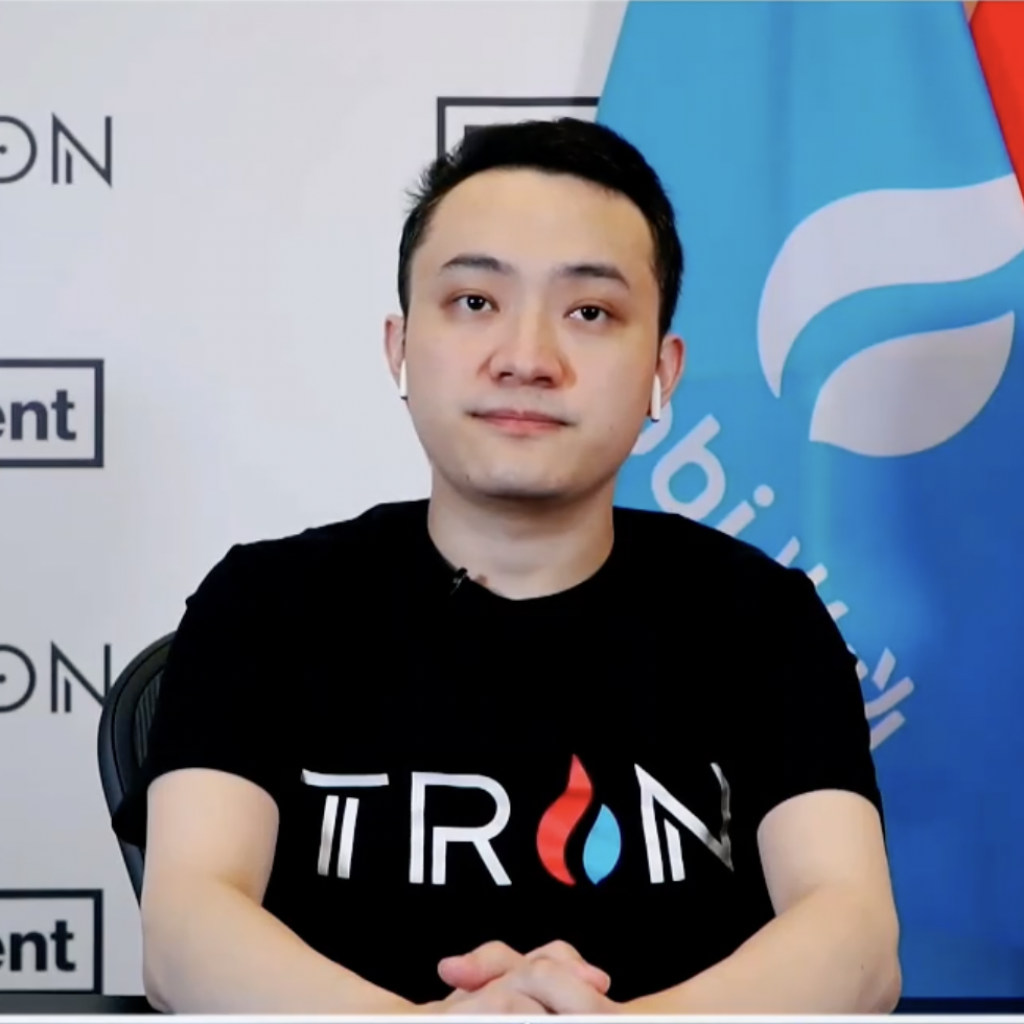When you think of the digital currency giants, Tether unmistakably dominates the conversation, especially with its recent decision to pump up the TRON network with a massive dose of USDT.
In the highly volatile world of cryptocurrency, this kind of move isn’t just a nod to TRON’s relevance but also a strategic maneuver that underlines Tether’s supreme confidence in its own operations.
Behind the Billion-Dollar Power Move
The cyber cosmos lit up recently as blockchain aficionados zeroed in on Tether’s Treasury move, signaling an authorization for a whopping $1 billion in USDT. This wasn’t mere showmanship; the intention behind this was to bolster the liquidity of the TRON network in the near future.
Paolo Ardoino, Tether’s Chief Technology Officer, took no time in clarifying the intentions behind this financial powerhouse move. The USDT tokens, as he stated, are not just being dumped aimlessly. Instead, they’ve been earmarked to “replenish” the TRON network, ensuring that it continues to function seamlessly.
Furthermore, for those anticipating a significant issuance, Ardoino steered the narrative by revealing that this was purely an authorization move. Why? To serve as inventory.
And not just any inventory, but one that will cater to forthcoming issuance requests and chain swaps, specifically originating from the TRON network.
Safety and Strategy: The Dual Path Tether Walks
Understanding Tether’s operations requires peeling back some layers. The company has an “authorized but not issued” mechanism for USDT which is ingeniously designed to safeguard the intricate process of creating and issuing tokens.
By holding back from instantaneous issuance, Tether achieves a double win – reducing security risks by minimizing the frequency of accessing authorization keys and maintaining a consistent 100% reserve level.
If we rewind a bit, Tether’s inclination towards such financial bravado is not new. Reports from earlier in the year indicate Tether’s endeavors where USDT tokens, released on the Tron blockchain, reached record levels.
For context, the Tron network currently juggles about $42.8 billion USDT, subtly overshadowing Ethereum’s $39 billion USDT.
More so, this isn’t the only time the spotlight has caught Tether’s mammoth USDT authorizations. The Ethereum chain swaps, for instance, got a colossal boost with a $1-billion USDT backing as recently as June 2023.
The Tale of the Stablecoin Titans
2023 has been a pivotal year for Tether. With its market cap breaching the $83 billion mark, it minted an impressive $16 billion in USDT in the year’s first half alone. Among the U.S. dollar-pegged stablecoins, USDT stands tall, continuing its undisputed reign by market capitalization.
But, where there’s a winner, there’s someone facing the music. Enter Circle’s USD Coin stablecoin. Once boasting a market cap of $50 billion at 2023’s commencement, it’s now teetering at around $26 billion.
One can’t help but raise an eyebrow at the catastrophic crash of Silicon Valley Bank (SVB) in March, where Circle found a staggering $3.3 billion of its assets trapped.
As we inch further into the digital currency landscape, Tether’s audacious moves and unwavering trust in its strategies underline the evolving dynamics of the crypto market. This billion-dollar TRON move? It’s not just about liquidity. It’s a clear statement – Tether isn’t here to play; it’s here to lead.





